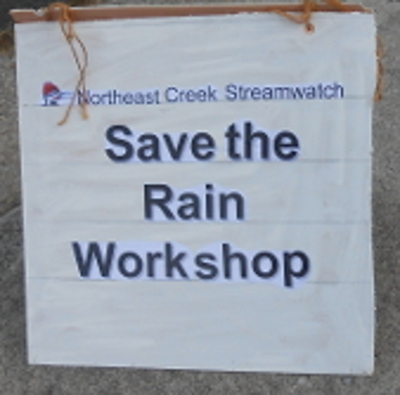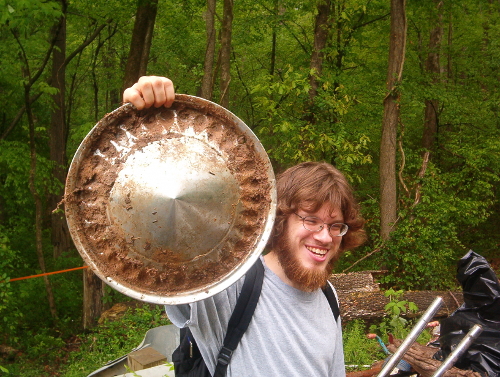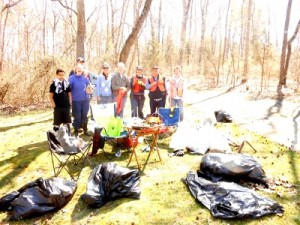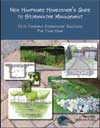Self-organization is an idea that has become current in the Facebook/Twitter age, but it does not depend on technology.
Self-organization is the process where a structure or pattern appears in a system without a central authority or external element imposing it through planning. This globally coherent pattern appears from the local interaction of the elements that make up the system, thus the organization is achieved in a way that is parallel (all the elements act at the same time) and distributed (no element is a coordinator).
Language and culture are self-organizing. Markets begin as self-organizing. Many of the things that were earlier labeled as the “social contract” are self-organizing. Civil society, those organizations other than corporations or government, are self-organizing.
Stream preservation involves elimination or reduction of:
- sediment in runoff from property,
- pollution from human-controlled sources,
- pollutants in the air that fall out or wash out in rain as pollutants.
Watersheds consist of a tree of catchments. Catchment is another word for a drainage basin that comprises a single segment of a stream (a twig of a limb of the tree pattern of a stream) and the surrounding land from which the water runs off. The people who live in a catchment form the group primarily responsible for the water quality of that catchment. They can most effectively organize themselves to protect that water quality.
The Northeast Creek Streamwatch web site exists to support folks in the Northeast Creek watershed who are already working to improve water quality in their neighborhoods. The front page is for notices of events that clean up a section of the creek, provide environmental education to adults and children, advocate for better water quality, inspect and monitor the creek for deterioration and pollutants, and conserve the buffers on the creek and creek bottomlands.
The front page is for sharing stories about the history of folks who have lived in the Northeast Creek watershed and cultural events that have happened in the area.
The front page is for opinions about the best way to preserve Northeast Creek and its cultural heritage.
It is for teachers to share lesson plans about using the creek for instruction as:
- a demonstration of scientific facts or principles
- a laboratory for projects or field work
- an example for making mathematical problems real and motivating students
- a subject for art, photography or writing
- a theme for performance, music, dance
- a setting for drama
- a subject for developing research skills in natural history, history, genealogy, measurement, laboratory techniques
It is for calls to advocacy on issues affecting the preservation of the Northeast Creek watershed, its natural heritage, and its cultural history.
If you live or work in the Northeast Creek watershed, the front page is for you.
It is for facilitating the self-organization that can help preserve the creek and its heritage.
To post, you will need a login. Request one from webmaster@northeastcreek.org. You must provide an address and an email address in order to receive a user ID; this is to ensure that folks who post are in the Northeast Creek watershed and to prevent spamming of posts and comments.




